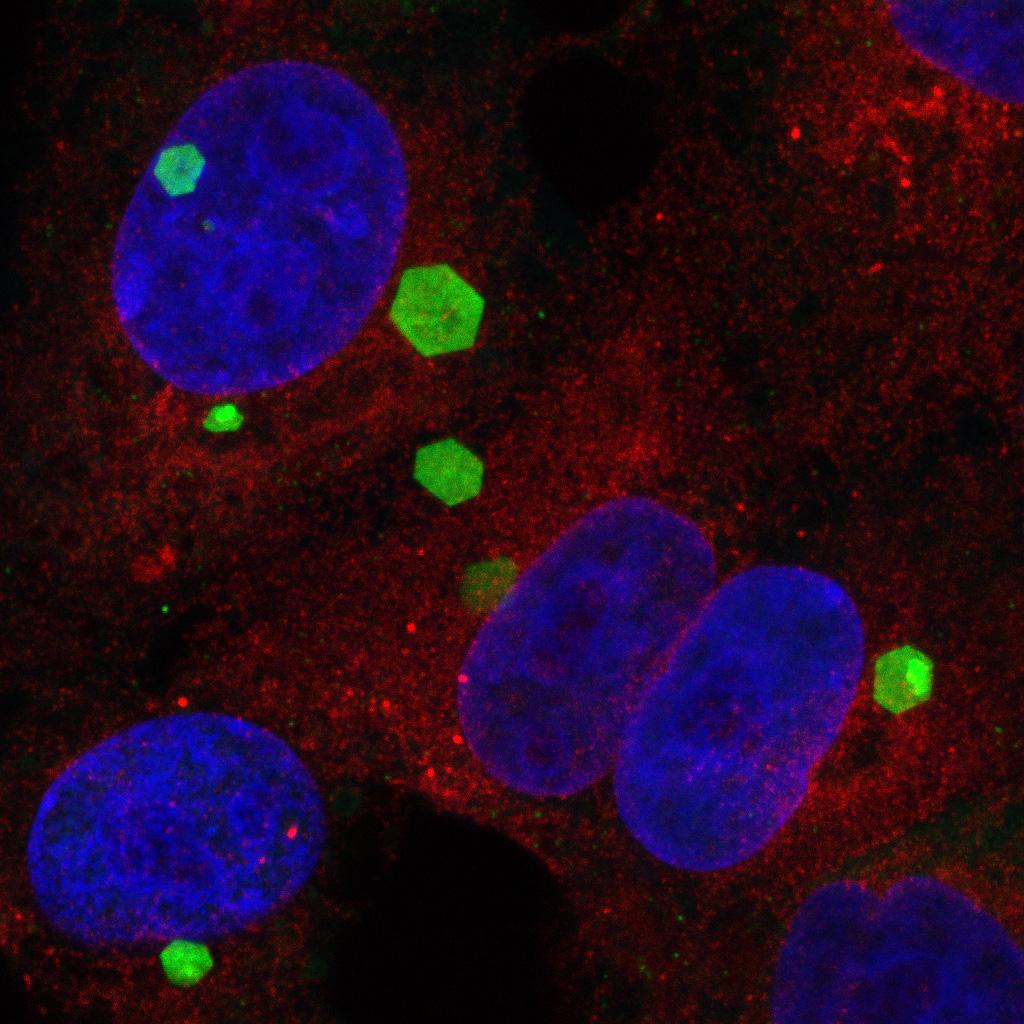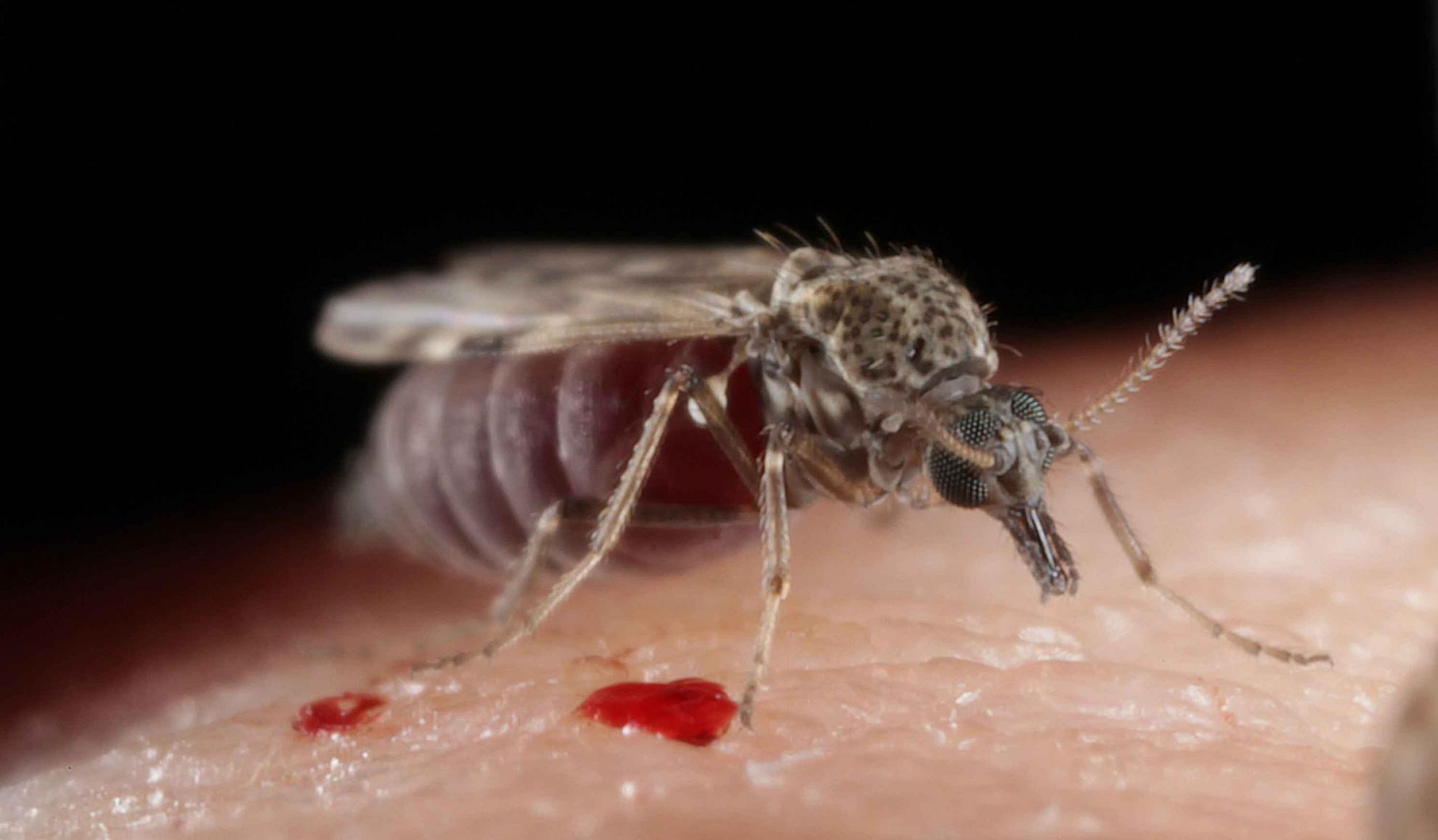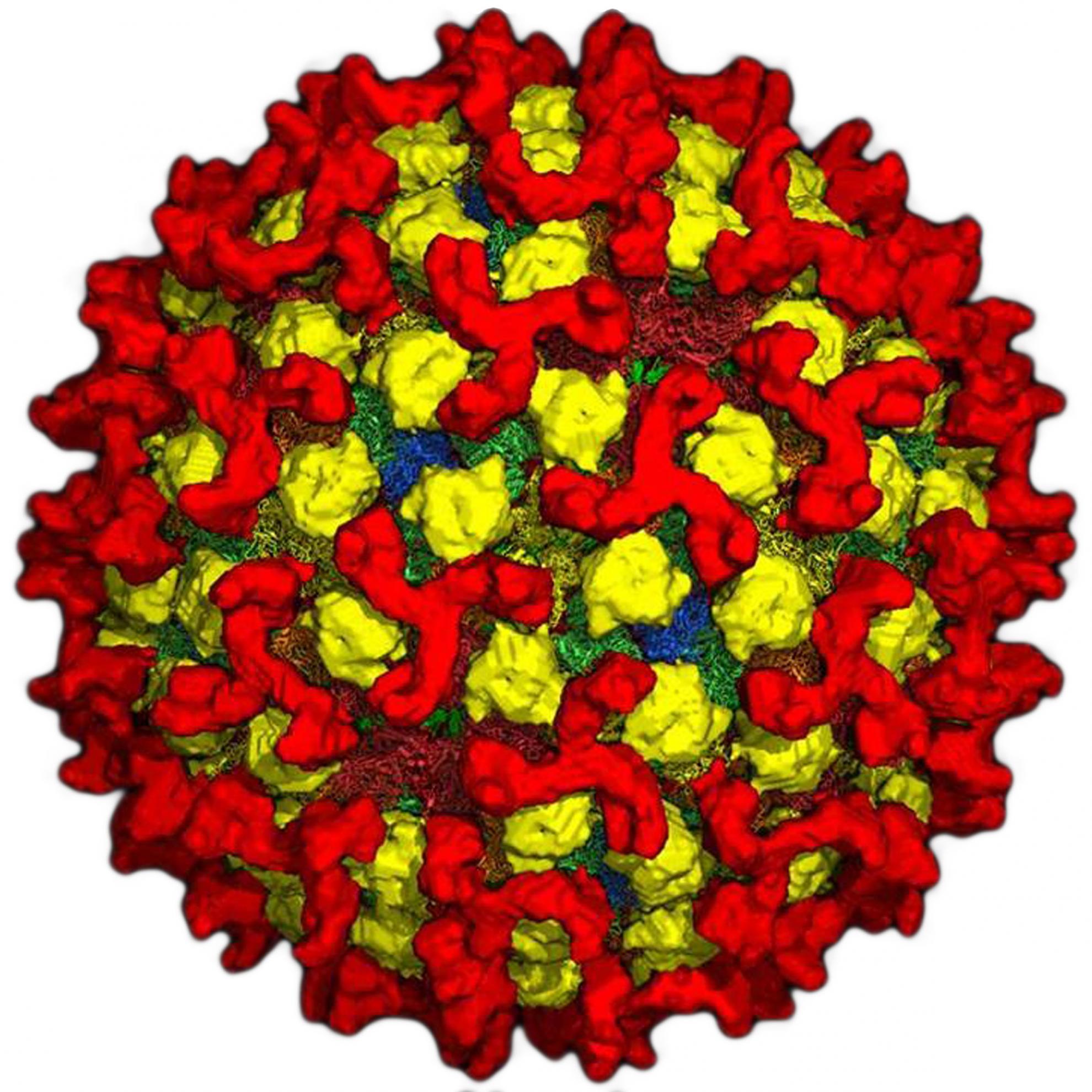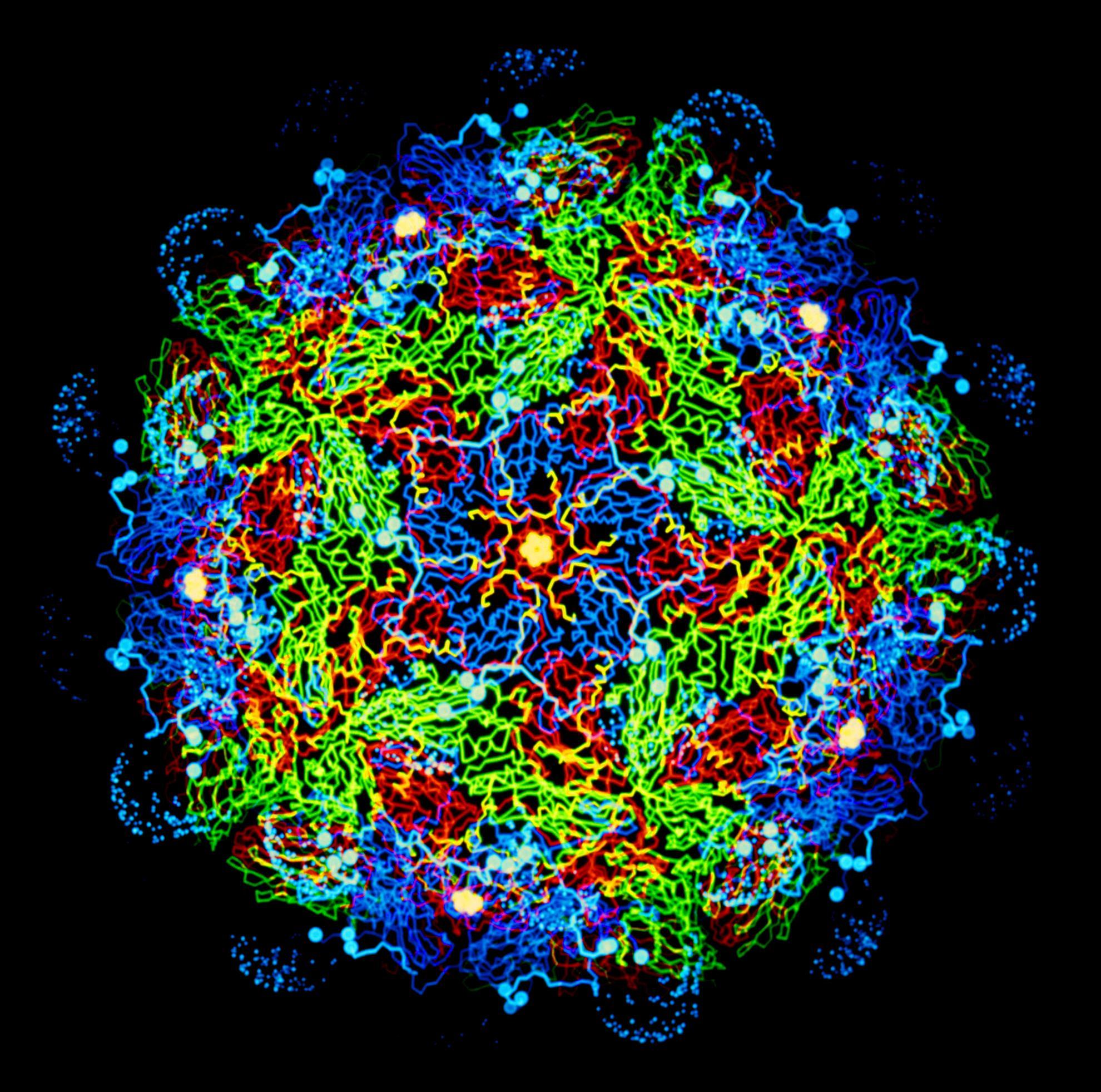African horse sickness virus (AHSV) infects equids, particularly horses, mules, donkeys, and zebras.
The virus causes the severe haemorrhagic disease, African horse sickness (AHS). AHS is often a severe disease that can result in rates of mortality greater than 70% in horses. It has a high global economic cost and is controlled primarily through vaccination and movement restrictions.
AHSV is present in Africa and occasionally causes outbreaks in other continents. There have been two introductions of AHSV into Europe, most recently in 1987-1990 in Spain and Portugal. AHSV was also introduced to Thailand in 2020.
AHSV is spread between equids through the bites of infected Culicoides midges, tiny blood-feeding insects commonly found in large numbers on farms.
Please see the Defra website for advice on how to spot and report the disease.
Clinical signs
African horse sickness is a very severe disease, with a mortality rate in horses of 70-95%.
Clinical signs are rarely seen in donkeys and zebra. AHSV can cause different forms of the disease:
Respiratory form:
- Fever
- Breathing difficulties, coughing
- Sweating
- Frothy discharge from the nostrils with death occurring within a few hours
- Mortality is close to 100% with death usually occurring within one week of infection
Cardiac form:
- Fever
- Swelling around the eyes, lips, cheeks, tongue and neck
- In some cases colic may also been seen
- Mortality is usually 50% or higher with death usually occurring within one week of infection
Mixed form:
- A combination of signs from the cardiac and respiratory forms can be seen
- Mortality is usually 70% or higher with death usually occurring within one week of infection
Horse sickness fever:
- Fever for a few days
- Depression and reduced appetite
- These animals often recover from the disease
- This less severe form is most likely to be observed in donkeys and zebra
Virology
AHSV is one of at least 22 recognised species in the genus Orbivirus, belonging to the wider Sedoreoviridae family.
It is a complex, non-enveloped virus which has a double stranded RNA genome consisting of ten segments of different sizes. These segments encode its seven structural proteins (VP1-7) and five non-structural proteins (NS1-5). The AHSV particle has an icosahedral structure, which consists of three layers including the outer capsid, core and sub-core.
Due to its segmented genome, AHSV can reassort, swapping genome segments, when two AHSV strains replicate within the same cell. This can give rise to new AHSV strains, which can have different characteristics, and potentially virulence, which may make current vaccines ineffective.
Live attenuated vaccines are available in South Africa, but these are not licenced for use in the UK or Europe. The live attenuated vaccines have been shown to spread in the field with a risk of reversion to virulence. Research in various establishments is ongoing to produce efficacious, inactivated vaccines.
Pirbright's research on African horse sickness
Predicting
Together with Defra and the Met Office, we collate data on the global disease situation to assess the risk of incursion of AHSV into the UK.
Detecting
As home to the National and World Organisation of Animal Health (WOAH) reference laboratory for AHSV, we provide an essential diagnostic, surveillance, and advisory service to the UK government and WOAH. We are responsible for maintaining and continually improving the suite of molecular and serological tests that detect AHSV in infected ruminants.
Using the latest next generation sequencing technologies, we are improving the speed and efficiency of determining the genetic sequence of AHSV isolates, which will help us to understand how viruses evolve, spread and the origin of new incursions or outbreaks.
Understanding
We investigate how Culicoides biting midges transmit viruses between animals. We also monitor the activity of adult midges across the UK at key times in the year to understand when disease transmission may be possible.
Responding
We help Defra respond to AHSV outbreaks through:
- Screening equine blood samples with our suite of molecular and/or serological tests to detect AHSV-infected animals to ensure UK freedom.
- Monitoring vector activity and temperatures to assess AHSV transmission risk at different times of the year.
- Providing expert advice on the disease, the virus, and its vectors.



